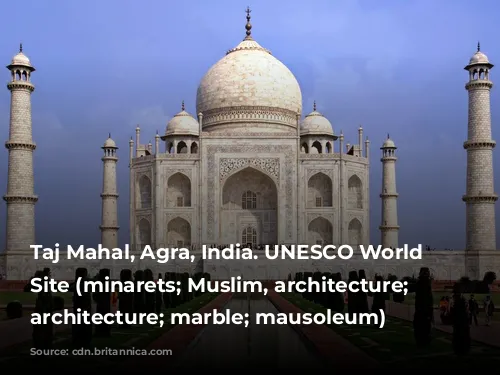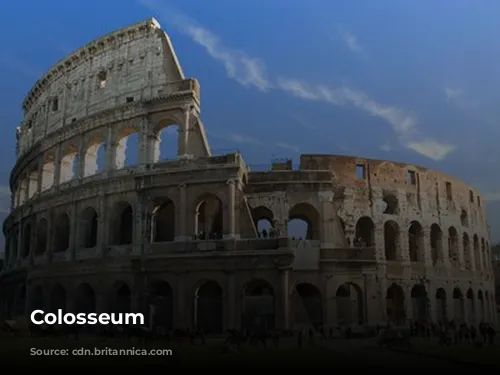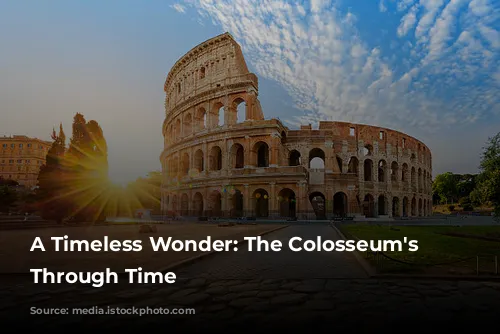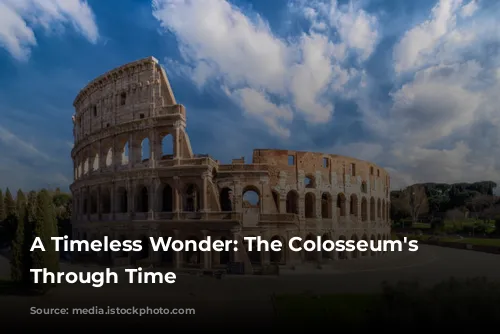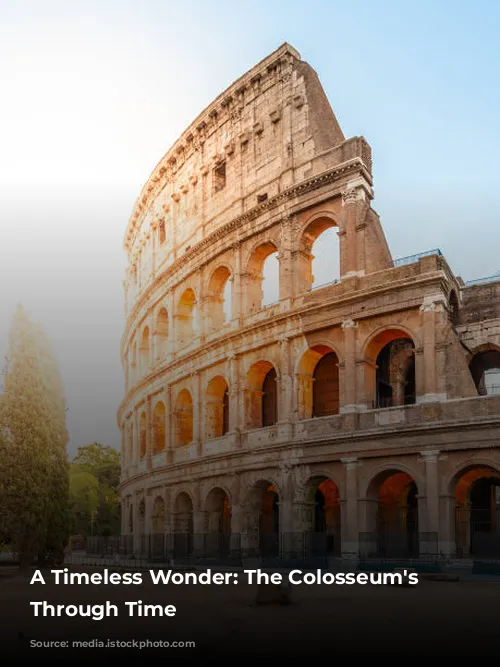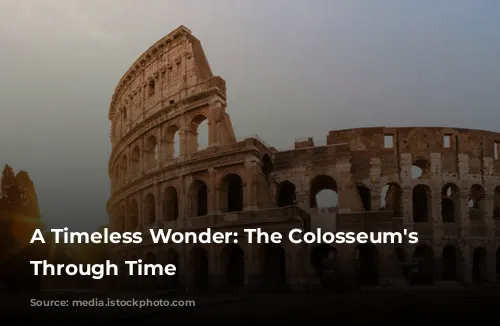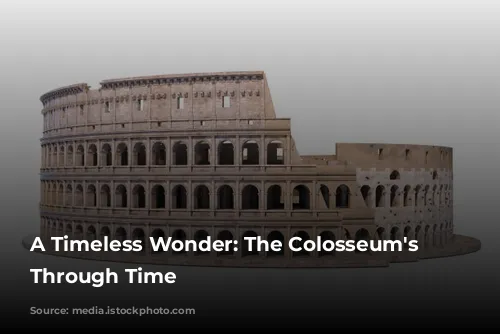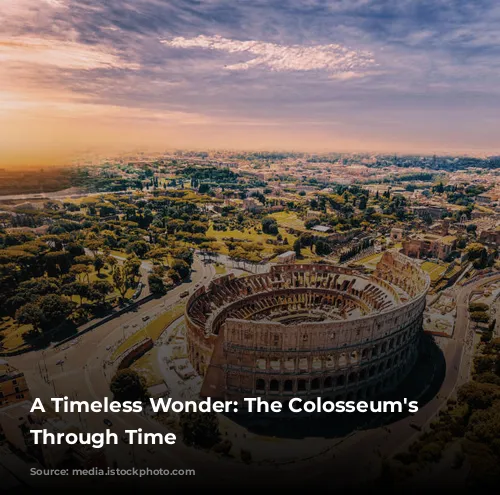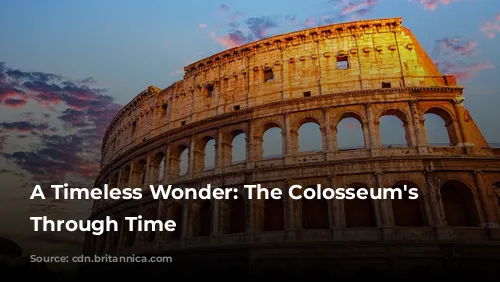The Colosseum, one of the few remaining structures of the Roman Empire, stands as a powerful testament to the architectural brilliance and engineering prowess of ancient Rome. More than just a historical landmark, it’s a bustling tourist attraction, generating substantial revenue for the Italian government. In 2018, the Colosseum, along with the Roman Forum and Palatine Hill, drew in over $63.3 million (€53.8 million), making it the most lucrative tourist destination in all of Italy.
This massive amphitheater, built under the Flavian emperors, is an impressive sight to behold. Standing tall for centuries, the Colosseum has witnessed a multitude of events, from gladiatorial battles and wild animal hunts to mock naval engagements. Its construction, a testament to Vespasian’s ambition to revitalize Rome after the tumultuous year of the four emperors, began between 70 and 72 CE.
From Construction to Destruction: The Colosseum’s Early Years
The Colosseum, a symbol of Roman power, was built with plundered riches, a stark reminder of the Roman Empire’s conquests. The arena, constructed by enslaved Jews from Judaea, was a monumental project, spanning over two years. The completed structure, dedicated in 80 CE by Titus, Vespasian’s son and successor, became a testament to their reign. However, the Colosseum’s grandeur was short-lived. The decline of the Western Roman Empire left the arena in a state of disrepair.
A Changing Landscape: The Colosseum’s Transformation
The Colosseum, once a symbol of power, faced a grim future. The arena, no longer a vibrant center of entertainment, became a fortress for the Frangipane and Annibaldi families during the 12th century. The Colosseum’s fate took an even more drastic turn in the late 15th century when Pope Alexander VI granted permission for the Colosseum to be used as a quarry. The magnificent arena was slowly stripped of its materials, a painful reminder of its decline.
Restoration and Rebirth: The Colosseum’s Comeback
After centuries of neglect and abuse, the Colosseum’s fate took a turn for the better. Restoration efforts, initiated in the 1990s, breathed life back into the ancient structure. The Colosseum, a symbol of resilience and enduring beauty, once again welcomed visitors, becoming a popular tourist destination.
A Monument to Ancient Rome: The Colosseum’s Lasting Legacy
Today, the Colosseum stands as a testament to the grandeur and enduring legacy of the Roman Empire. Standing at a towering four stories, it is an elliptical structure built of stone, concrete, and tuff. This magnificent arena, spanning 620 by 513 feet (189 by 156 meters), could hold up to 50,000 spectators. This impressive structure, a beacon of ancient Roman ingenuity, is a reminder of the power of creativity and the enduring legacy of Roman civilization.
The Colosseum, a symbol of ancient Rome’s power and a testament to human ingenuity, continues to enthrall visitors with its history and grandeur. From its construction in the 1st century to its resurgence in the modern era, the Colosseum’s journey through time has been marked by both triumph and adversity. Today, it stands as a monument to a glorious past, attracting millions of visitors every year.
